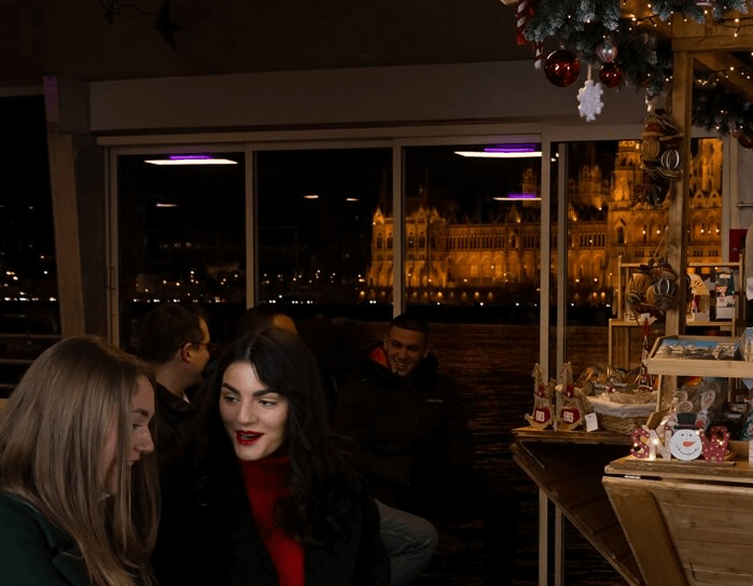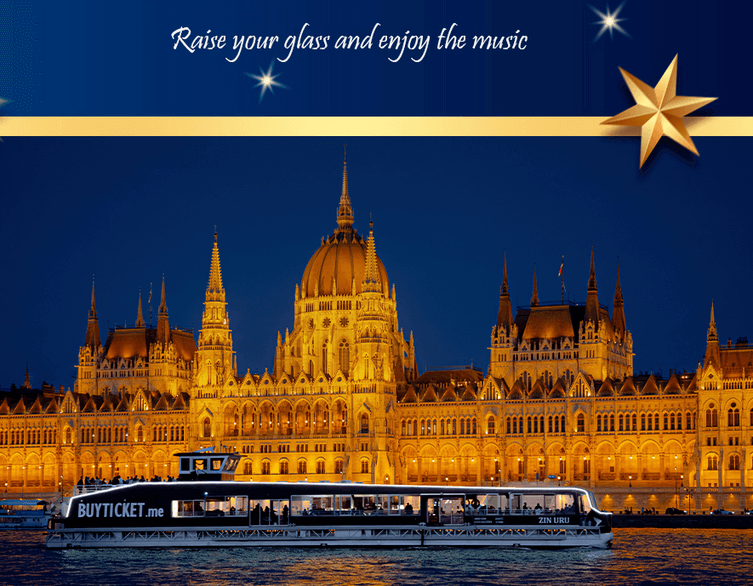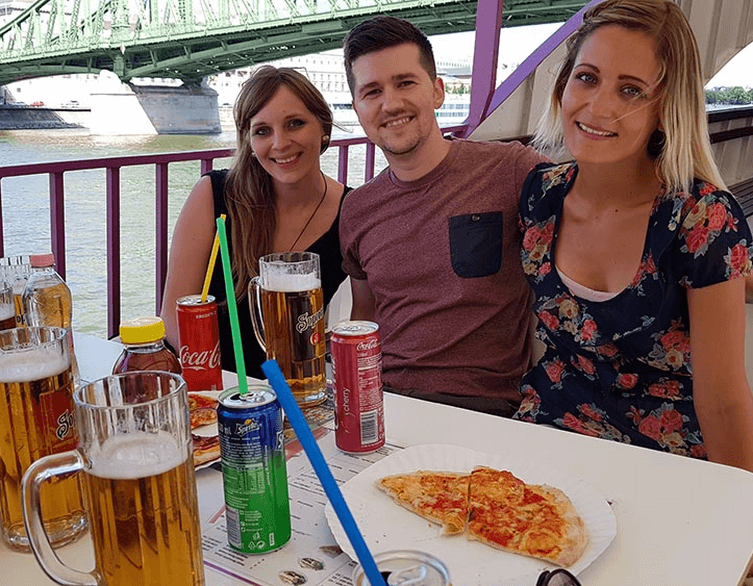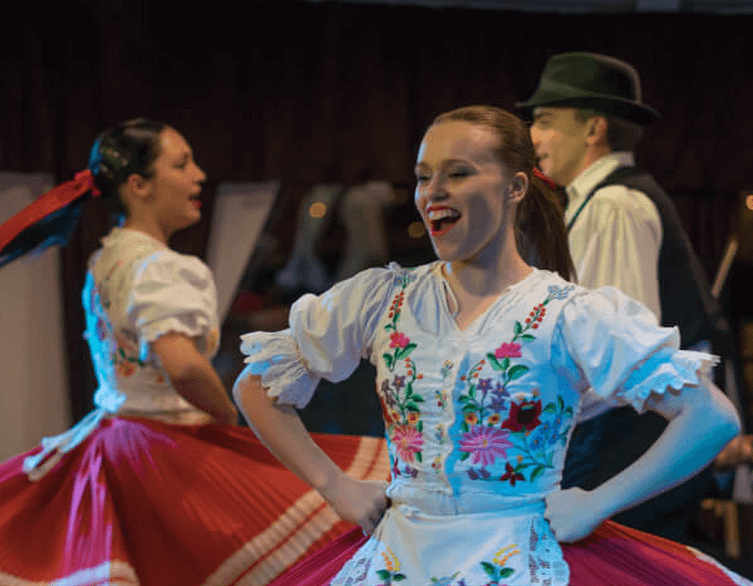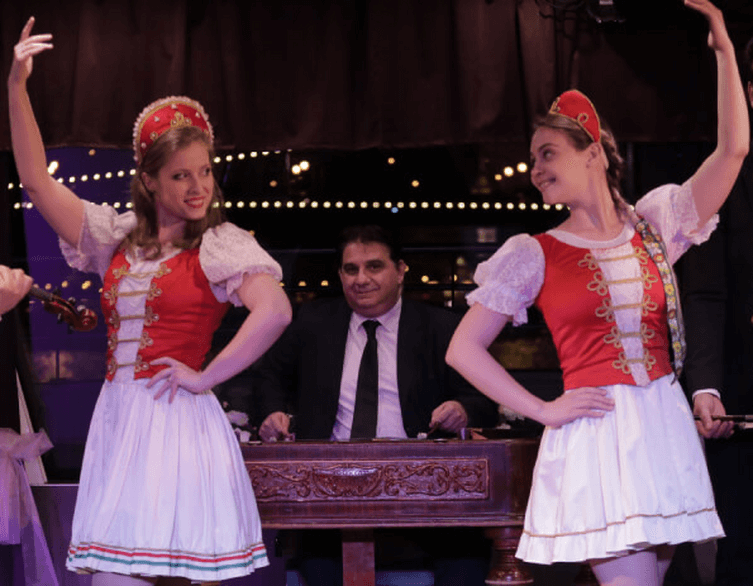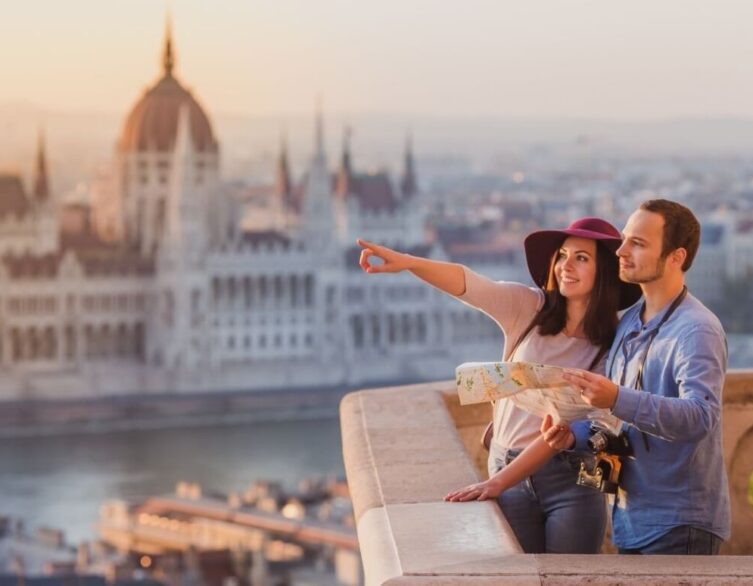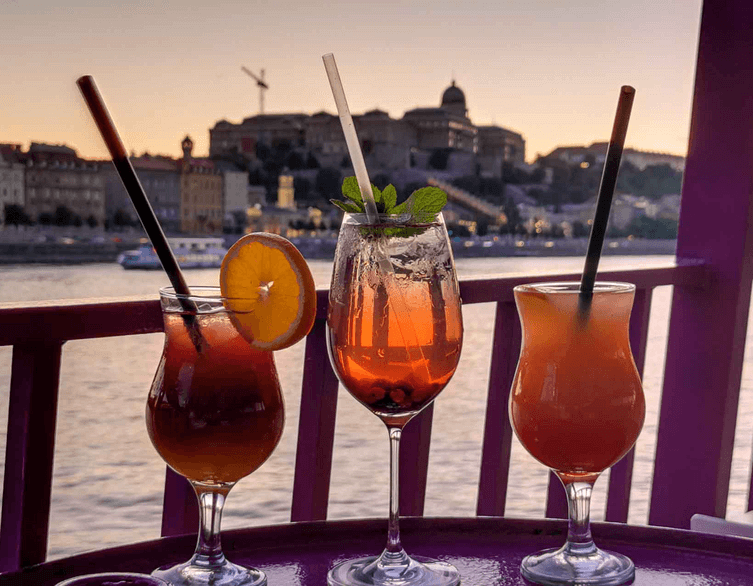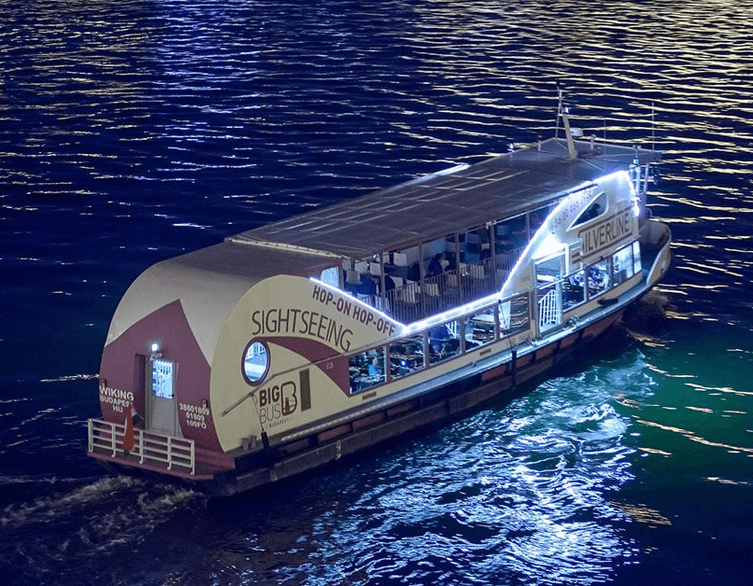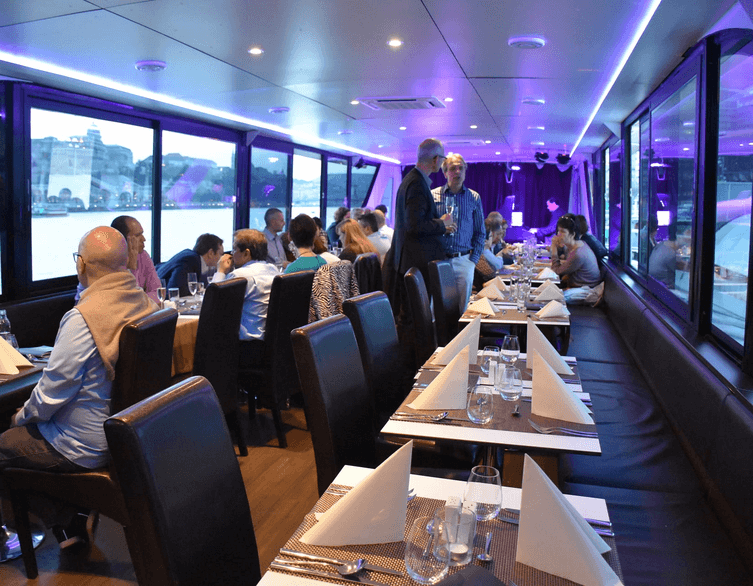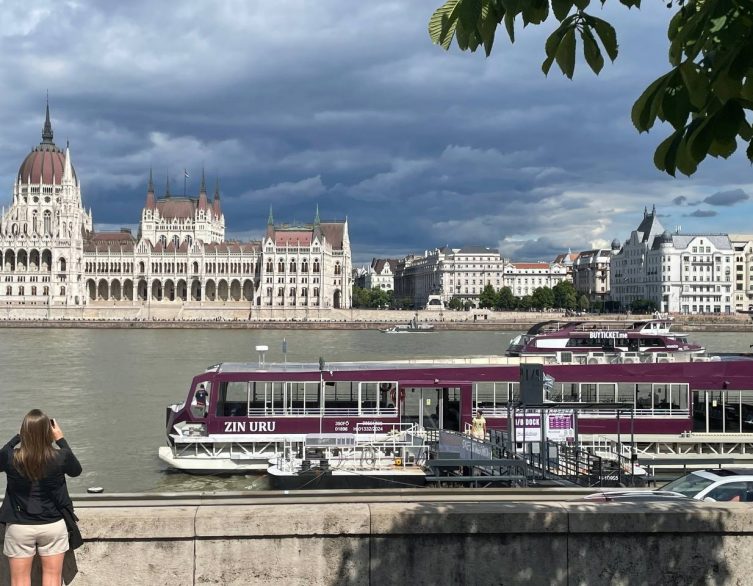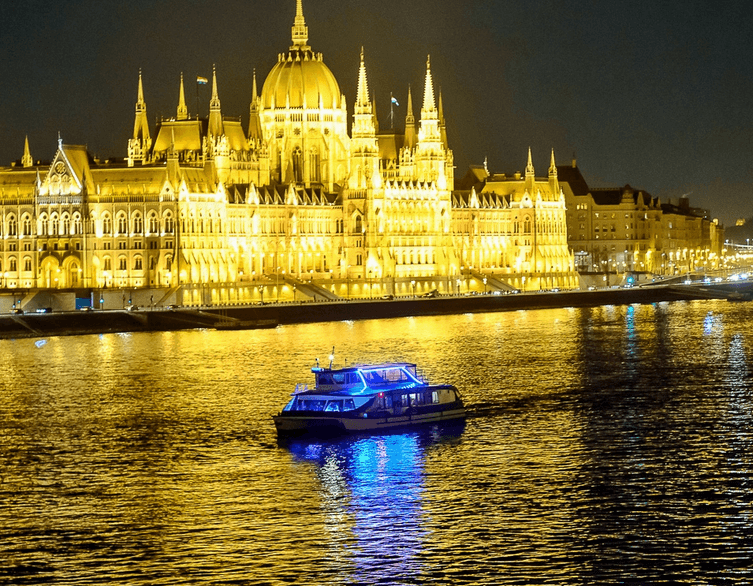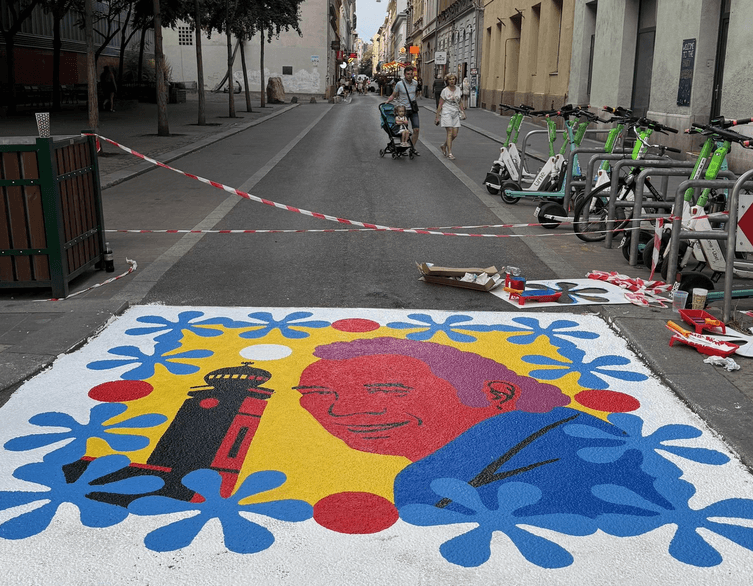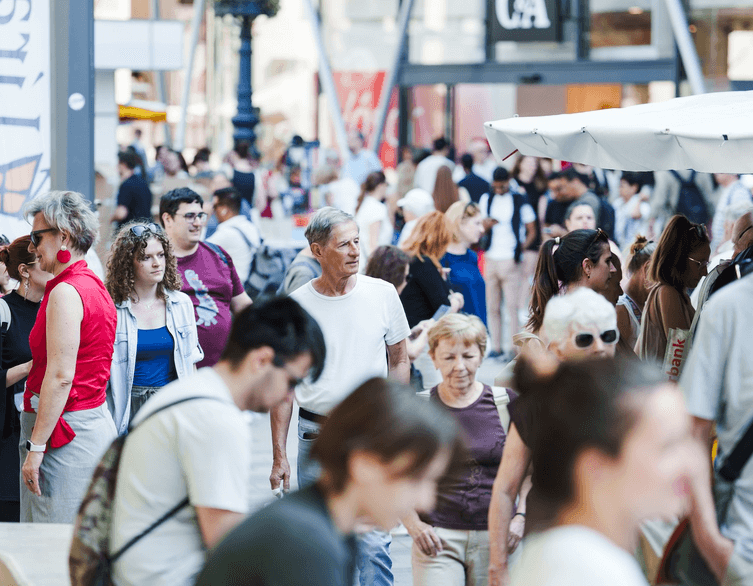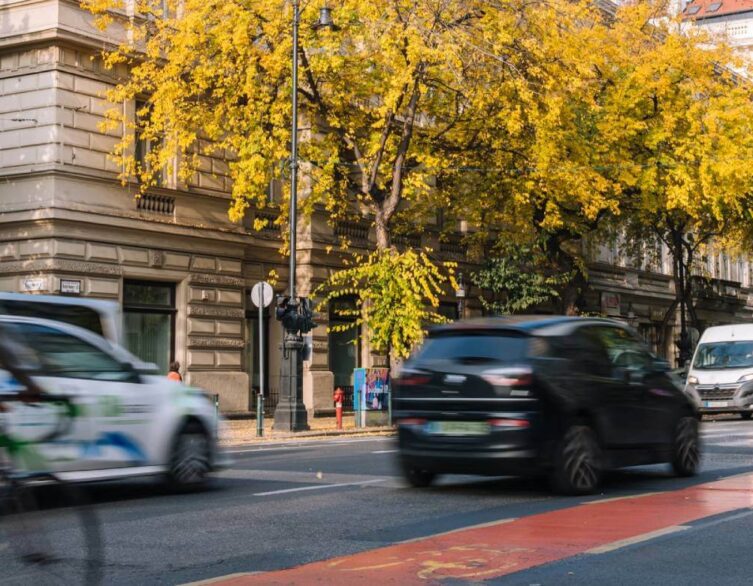Budapest’s District VII Gets Greener: New Pedestrian Zones Transform Inner-Erzsébetváros
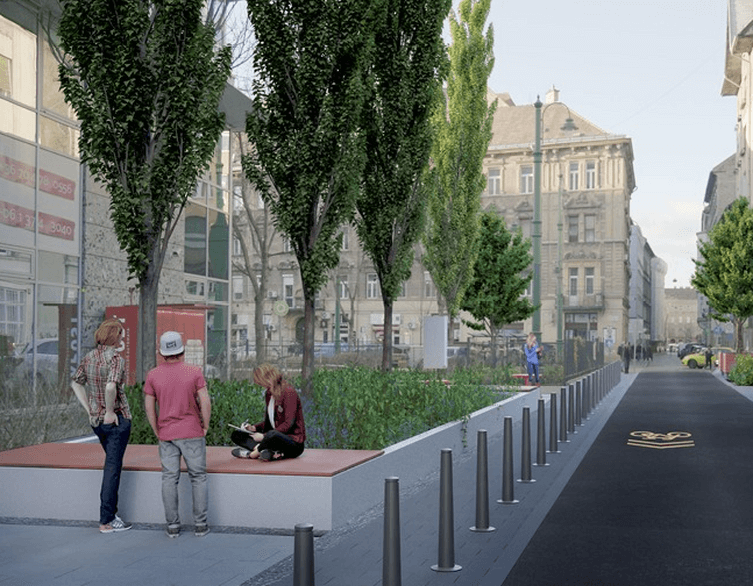
Budapest’s vibrant District VII, known locally as Erzsébetváros, is undergoing a significant transformation that’s making the neighborhood more walkable, breathable, and visitor-friendly. Since late June 2025, new traffic-calming measures have been reshaping one of Budapest’s most densely populated areas, and the early results are impressive enough that city officials have extended the trial period through October 2025 and beyond.
What’s Changed in the Jewish Quarter
Inner-Erzsébetváros, which encompasses Budapest’s famous Jewish Quarter and ruin bar district, has introduced several pedestrian-friendly improvements that directly benefit tourists exploring this culturally rich neighborhood. New pedestrian and bicycle zones have been established throughout the area, making it easier and safer to navigate streets that were previously congested with through-traffic.
The changes create a more pleasant environment for visitors wandering between the district’s renowned attractions. Whether you’re exploring the historic Dohány Street Synagogue, bar-hopping through legendary ruin bars like Szimpla Kert, or discovering street art and vintage shops, you’ll notice the difference immediately. The reduced traffic noise and cleaner air make the experience of exploring this neighborhood significantly more enjoyable.
Controlled access points now regulate vehicle flow through the district, preventing cars from using these historic streets as shortcuts. This means the neighborhood’s narrow lanes, which were never designed for modern traffic volumes, finally prioritize people over vehicles. The system allows residents and authorized vehicles access while discouraging unnecessary through-traffic that previously clogged these atmospheric streets.
Why This Matters for Visitors
The improvements address longstanding challenges in one of Budapest’s most popular tourist destinations. District VII attracts visitors from around the world who come to experience its unique blend of Jewish heritage, alternative culture, nightlife, and artistic energy. However, the area’s popularity created traffic congestion that diminished the very atmosphere that makes it special.
Now, walking through streets like Kazinczy, Wesselényi, or Dob feels more like exploring a European neighborhood and less like dodging traffic. The reduced vehicle presence makes photography easier, conversations more pleasant, and spontaneous discoveries more likely. You can pause to admire architectural details or peek into courtyards without feeling rushed by honking cars behind you.
Best deals of Budapest
The changes particularly benefit visitors with mobility challenges. Navigating District VII with strollers, wheelchairs, or simply tired legs has become significantly easier. The pedestrian zones provide smooth, uninterrupted paths between attractions, eliminating the constant need to navigate around parked cars or wait for traffic lights at every intersection.
Early Results Show Promise
The initial data from the trial period reveals encouraging trends. Compared to the same period in 2024, Inner-Erzsébetváros has seen substantial reductions in road traffic and congestion. Public transportation through the area has become more reliable and faster, benefiting both residents and tourists using Budapest’s excellent tram and bus networks that serve the district.
Interestingly, the use of shared micromobility options like electric scooters and bikes has increased noticeably. This suggests visitors and locals alike are embracing car-free ways of exploring the neighborhood. For tourists, this makes perfect sense as District VII’s compact layout and flat terrain make it ideal for exploring by bike or scooter, and the reduced traffic makes these options safer and more appealing.
Pedestrian activity, already strong in this popular district, has grown even more dominant. This creates a virtuous cycle where more pedestrians make streets feel safer and more vibrant, which in turn attracts more foot traffic. The result is a neighborhood that feels alive and welcoming rather than dominated by vehicles rushing through.
What This Means for Your Visit
If you’re planning a Budapest trip and intend to explore the Jewish Quarter and ruin bar scene, these changes enhance your experience without requiring any special preparation. You’ll simply notice that walking feels more pleasant, the air seems cleaner, and the neighborhood’s unique character shines through more clearly without constant traffic noise.
The pedestrian zones make it easier to hop between attractions without rigid planning. You might start at the Great Synagogue, wander through the Gozsdu Courtyard, discover a hidden café, then end up at a ruin bar, all while enjoying a continuous pedestrian-friendly route. The flexibility to explore spontaneously without worrying about traffic patterns represents exactly what makes great urban tourism experiences.
For visitors staying in District VII, which many tourists do given its central location and abundance of accommodation options, the improvements mean quieter nights and more pleasant mornings. The neighborhood maintains its energetic character while losing some of the traffic-related annoyances that occasionally detracted from the experience.
Public Input Shapes the Future
Budapest’s municipal government and District VII authorities are actively seeking feedback from everyone who experiences these changes, including tourists. Through October 31st, 2025, an online questionnaire allows residents, workers, and visitors to share their observations and suggestions about the traffic-calming measures.
This inclusive approach ensures that decisions about making these changes permanent consider diverse perspectives. As a visitor, your experience matters in shaping how one of Budapest’s most important tourist districts evolves. If you visit during this period and have thoughts about how the changes affect your experience, participating in the feedback process contributes to creating a better neighborhood for future visitors.
The extension of the trial period beyond its initial timeline reflects officials’ commitment to thoroughly evaluating these measures before making permanent decisions. This careful approach suggests Budapest is serious about balancing livability improvements with practical considerations for all who use the district.
Broader Context for Budapest Visitors
These changes in District VII reflect broader trends in Budapest’s approach to urban development. The city increasingly recognizes that creating pleasant, walkable neighborhoods benefits both residents and the tourism industry that forms such an important part of Budapest’s economy. Well-designed pedestrian spaces enhance visitor experiences while improving quality of life for locals, creating win-win situations.
Budapest’s investment in traffic-calming and pedestrian infrastructure also positions the city competitively among European destinations. Travelers increasingly seek cities that prioritize walkability, clean air, and human-scale urban design. By improving these aspects, Budapest strengthens its appeal to discerning tourists who value sustainable, enjoyable urban exploration.
The Jewish Quarter’s transformation particularly matters because this neighborhood represents Budapest’s alternative culture and creative energy. Protecting and enhancing these qualities through smart urban planning ensures the district maintains its authentic character rather than becoming overwhelmed by its own popularity.
Planning Your District VII Experience
When visiting Inner-Erzsébetváros under the new traffic scheme, embrace walking as your primary transportation method. The district’s compact size makes everything accessible on foot, and the pedestrian-friendly environment rewards slow, exploratory wandering. Allow time to get pleasantly lost among the streets, discovering hidden courtyards, unexpected murals, and tucked-away cafés that make District VII special.
Consider renting a bike or using shared electric scooters for slightly longer distances or if you want to cover more ground efficiently. The reduced traffic makes these options both safer and more pleasant than before. Many bike rental shops and scooter services operate throughout the district, making it easy to try these mobility options.
Public transportation remains excellent for reaching District VII from other parts of Budapest. Trams 4 and 6, which run along the Grand Boulevard bordering the district, provide frequent service. Multiple metro stations on lines M2 and M3 also serve the area’s edges, from which everything is easily walkable.
The Bigger Picture
Budapest’s Inner-Erzsébetváros traffic-calming project represents more than just rearranging how vehicles move through streets. It’s about reimagining what kind of neighborhood this historic district can become. For centuries, these streets served pedestrians and horse-drawn carriages. Brief decades of automobile dominance created problems that these new measures address, essentially returning the district to its human-scale roots while accommodating modern needs.
As a visitor, you’re experiencing this neighborhood during a pivotal moment in its evolution. The changes you see now may become permanent features that define District VII for decades to come. Whether you’re exploring the Jewish heritage sites, enjoying the nightlife, or simply soaking up the creative atmosphere, you’re witnessing and participating in Budapest’s efforts to create more livable, sustainable urban spaces.
The success of these measures in District VII could influence similar improvements in other Budapest neighborhoods, gradually transforming the entire city into a more pedestrian-friendly destination. For tourists who love walking European cities, this evolution makes Budapest an increasingly attractive choice that combines historic charm, cultural richness, and modern urban design that prioritizes people over cars.
Related news

